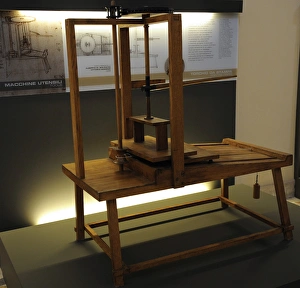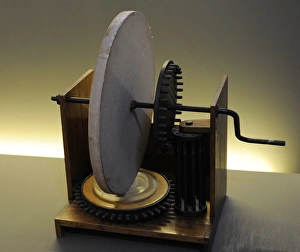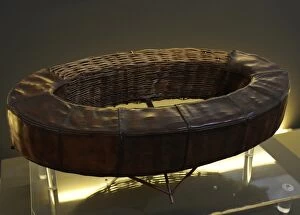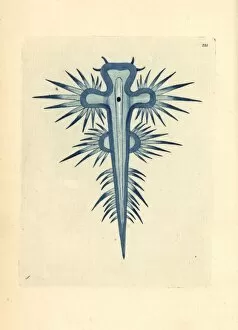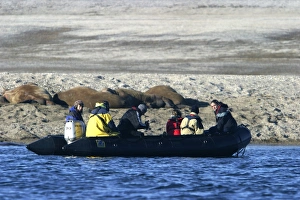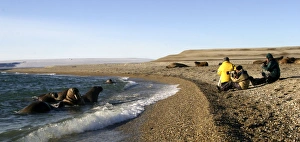Atlanticus Collection
"Exploring the Legacy of Leonardo da Vinci: From Codex Atlanticus to American Sea Serpents" Step into the world of Leonardo da Vinci
All Professionally Made to Order for Quick Shipping
"Exploring the Legacy of Leonardo da Vinci: From Codex Atlanticus to American Sea Serpents" Step into the world of Leonardo da Vinci, a genius whose studies and inventions continue to captivate us centuries later. The Codex Atlanticus, a collection of his drawings and writings, offers a glimpse into his remarkable mind. Among his diverse interests was the study of printing press technology, showcasing his innovative spirit. As we delve deeper into this codex, we encounter an intriguing entry about a great sea serpent sighted off Greenland's coast in 1734 – an enigmatic creature that sparked curiosity and imagination. Leonardo's influence extended beyond mere observations; he designed machines like the Mirror Lapper for polishing mirrors flawlessly. His goldforging hammer design showcased both artistic finesse and technical precision. In true Leonardesque fashion, he explored various fields with equal enthusiasm. Models such as the wagon axle demonstrated his attention to detail and mechanical expertise. Adjustable-tilt wings and wing-beating mechanisms hinted at his fascination with flight – concepts ahead of their time. The sea dredger model from Codex Atlanticus revealed Leonardo's interest in maritime engineering, while another drawing depicted a float design that could revolutionize water transportation. Not limited to personal creations alone, Leonardo inspired others like Ermenegildo Menighetti who crafted a parabolic bridge model based on Da Vinci's principles - bridging artistry with functionality seamlessly. Another Leonardesque marvel was the pole hammer model - testament to how even seemingly mundane tools could be transformed by ingenuity. And let us not forget the hydraulic saw design which exemplified Da Vinci's mastery over mechanics during its conception between 1478-1480. As we explore these pages filled with sketches and ideas born from one man’s insatiable curiosity, we are reminded once again why Leonardo da Vinci remains an eternal symbol of innovation and creativity.




